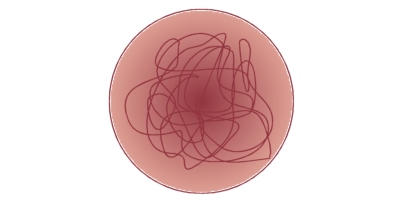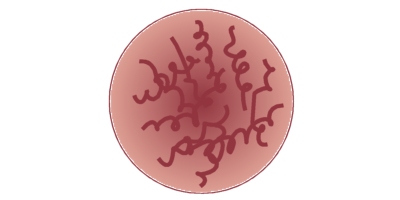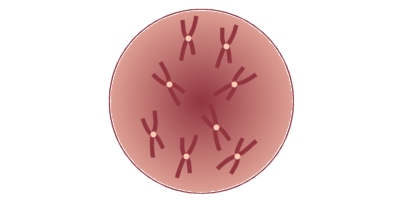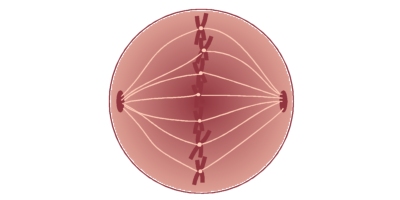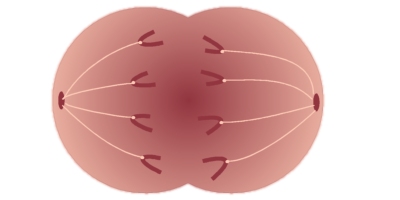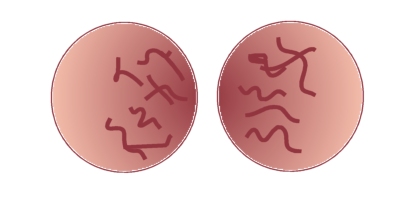Mitosis and Meiosis
Mitosis
Mitosis is the process of cell division to produce daughter cells, i.e. for growth and repair. The process is divided into five distinct phases:
Interphase
The cell increases in size and the organelles replicate.
Just prior to division, much of the DNA replicates so that each chromosome has now become a pair of chromatids joined together by a centromere.
The chromosomal material, chromatin, now becomes stainable but very little else is gistinguishable which is why was previously, but incorrectly, referred to as the resting stage.
Prophase (usually the longest phase)
The homonologous chormosome pairs (chromotids) shorten (spiralise) which makes them clearly visible after staining.
Centrioles move to opposite pole of the cell.
Finally, the nuclear membrane breaks down and the centrioles form a spindle.
Metaphase
The pairs of chromotids move to the 'equator' of the spindle to which they are attached at their centromere. They then align themselves parallel to the equator (and at right angles to the spindle) with one half of each pair in each 'hemisphere'.
Anaphase (the most rapid phase)
The centromere splits into two and the spindle fibres pull the daughter centromeres to opposite poles.
Separate chromotids (chromosomes) are pulled towards the centrioles.
Telophase
The chromosomes have reached the poles of the cell. They uncoil, lengthen and can no longer be seen clearly.
The spindle breaks down and the centrioles replicates.
A nuclear membrane forms around the new nuclei at each pole and the nucleoli reappear.
The cell finally divides by cleavage into 2 daughter cells.
Mitosis
Meiosis is a more complex process involving 2 distinct phases (2 divisions).
It's sole purpose is to produce gametes e.g. spermatozoa and ova and therefore only occurs in the testes and ovaries respectively.
Gametes are haploid, i.e. with half the chromosome number so that the normal diploid number of chromosomes is restored after fertilisation.
